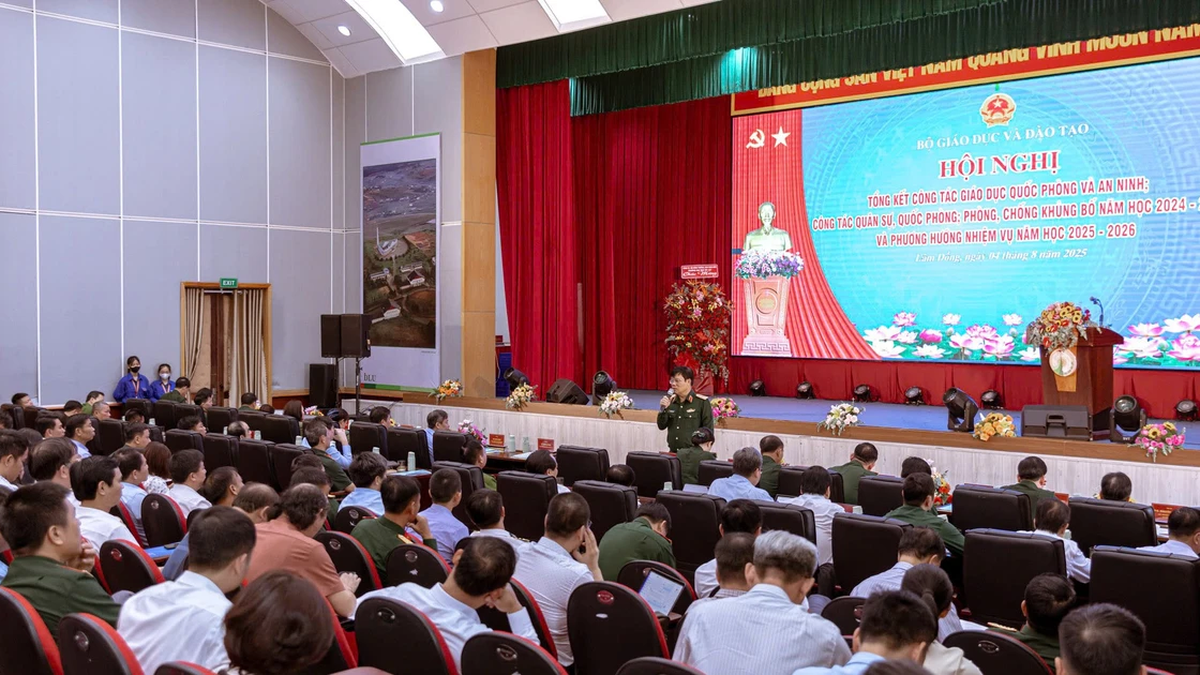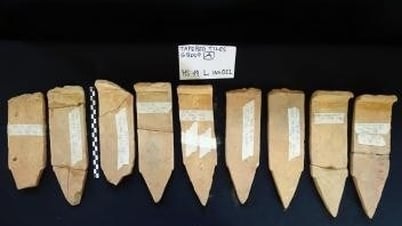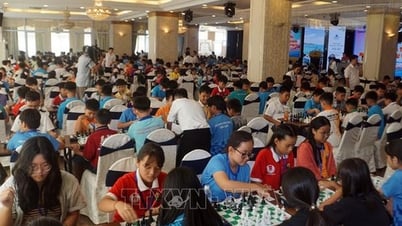According to a VNA correspondent in Korea, a small satellite (CubeSat) from Korea will be launched on the Artemis II spacecraft in the US National Aeronautics and Space Administration (NASA)'s manned lunar exploration mission. Accordingly, this will be the first time a Korean satellite participates in the Artemis program.
The Korea Aerospace Administration (KASA) said on May 9 that KASA has signed a deployment agreement with NASA to put a Korean CubeSat, called "K-RadCube," on board Artemis II. Under the agreement, NASA will support the integration of the satellite into Artemis II. KASA plans to complete the development and flight certification of the satellite by July and transfer it to NASA for integration.
KASA, which is developing a lunar lander with a target launch date of 2033, hopes the satellite deployment will lead to closer cooperation with NASA, including the potential for joint development of lunar lander technologies and systems for manned exploration missions.
Artemis II aims to send four astronauts around the Moon and back to Earth. The K-RadCube will fly on board and monitor the space radiation environment.
Artemis is the first US manned lunar exploration program in more than 50 years since the Apollo missions.
Named after the Greek goddess of the Moon and Apollo’s “twin sister,” the exploration program has grown increasingly complex with each phase. Artemis I, launched in 2022, carried sensor-equipped mannequins into lunar orbit and returned them safely. Artemis III, scheduled for after 2027, will attempt to land humans on the Moon’s south pole for the first time.
K-RadCube is a 19-kilogram (41-pound) cube satellite that will orbit Earth in a highly elliptical orbit, ranging from 100 to 200 kilometers at its closest point and up to 70,000 kilometers at its highest point. The mission is designed to monitor radiation in Earth's Van Allen belts and assess the effects on astronauts, as well as the performance of semiconductor memory chips in space.
The satellite will be installed in the Orion Stage Transfer Unit — a component that connects NASA's Space Launch System (SLS) to the Orion manned spacecraft.
The satellite will deploy at an altitude of about 36,000 km, begin deploying its solar panels two hours after launch, and begin controlling the instrument’s attitude in space. Once stabilized, K-RadCube will take radiation measurements for about 28 hours, with the possibility of extending the mission to up to two weeks depending on satellite conditions.
"The scientific data collected by the satellite will be shared with researchers and is expected to play an important role in future international deep space exploration," said Kang Kyung In, head of KASA's space science exploration division.
NASA originally proposed in October 2023 to put CubeSats from program partners on Artemis II. South Korea expressed its intention to participate, and the Ministry of Science and ICT (MSIT) began preparing for the mission. However, the budget of about 7 billion won ($5 million) was not approved by the National Assembly, forcing South Korea to withdraw and drawing public criticism for missing out on the opportunity to send a satellite close to the Moon.
The project was revived after the Artemis II launch was postponed, giving South Korea another chance to participate in the space program./.
Source: https://www.vietnamplus.vn/ve-tinh-han-quoc-lan-dau-tham-gia-su-menh-cua-nasa-tren-mat-trang-post1037627.vnp























































![[Maritime News] Two Evergreen ships in a row: More than 50 containers fell into the sea](https://vphoto.vietnam.vn/thumb/402x226/vietnam/resource/IMAGE/2025/8/4/7c4aab5ced9d4b0e893092ffc2be8327)











































Comment (0)